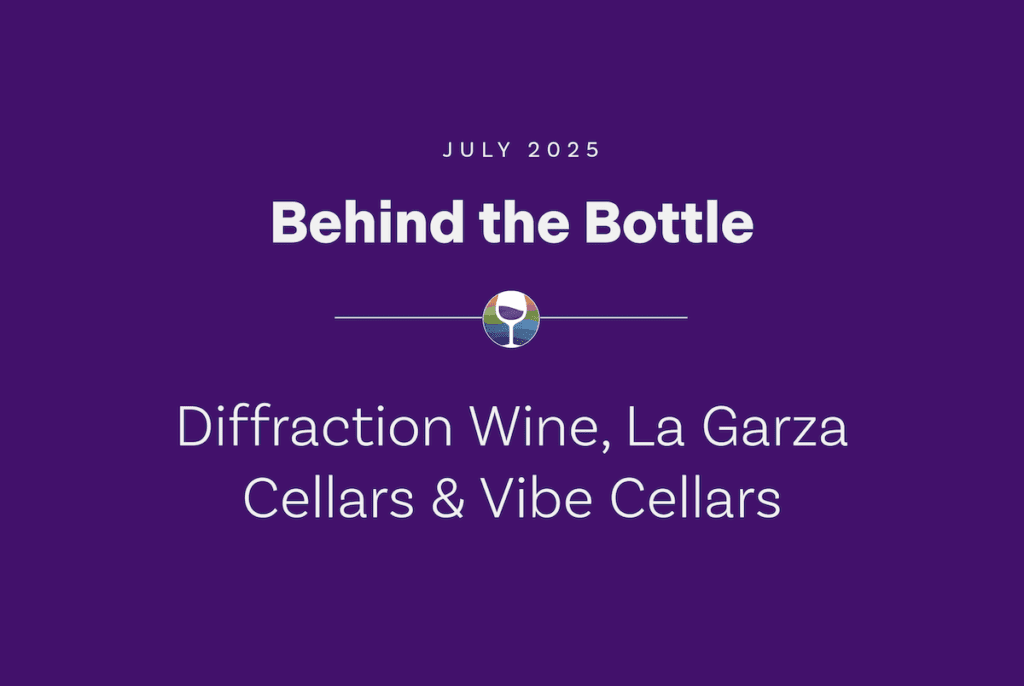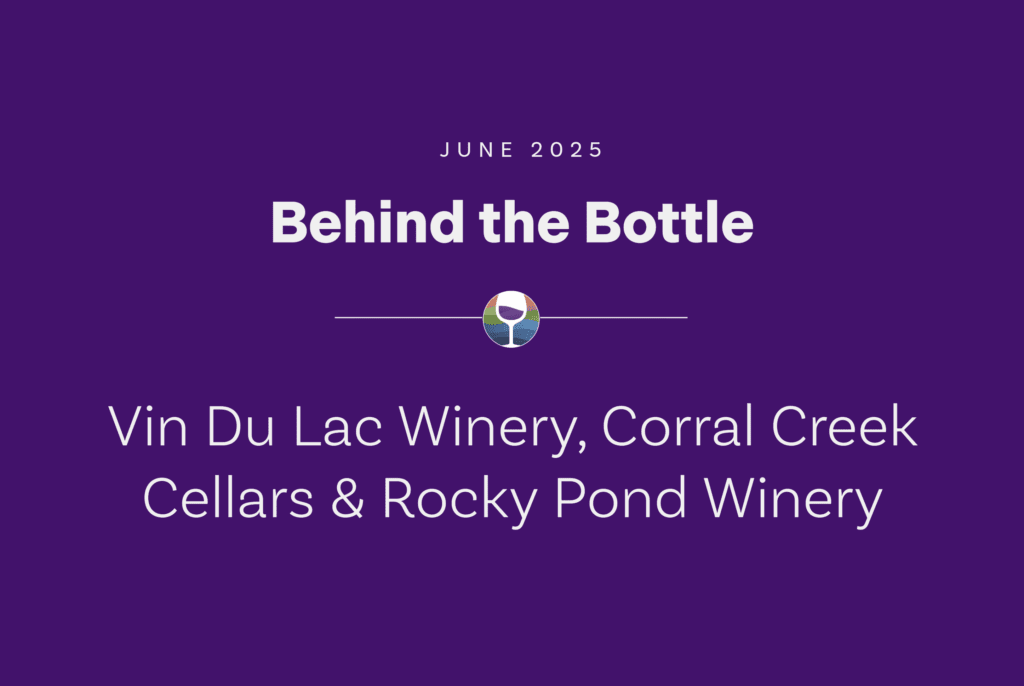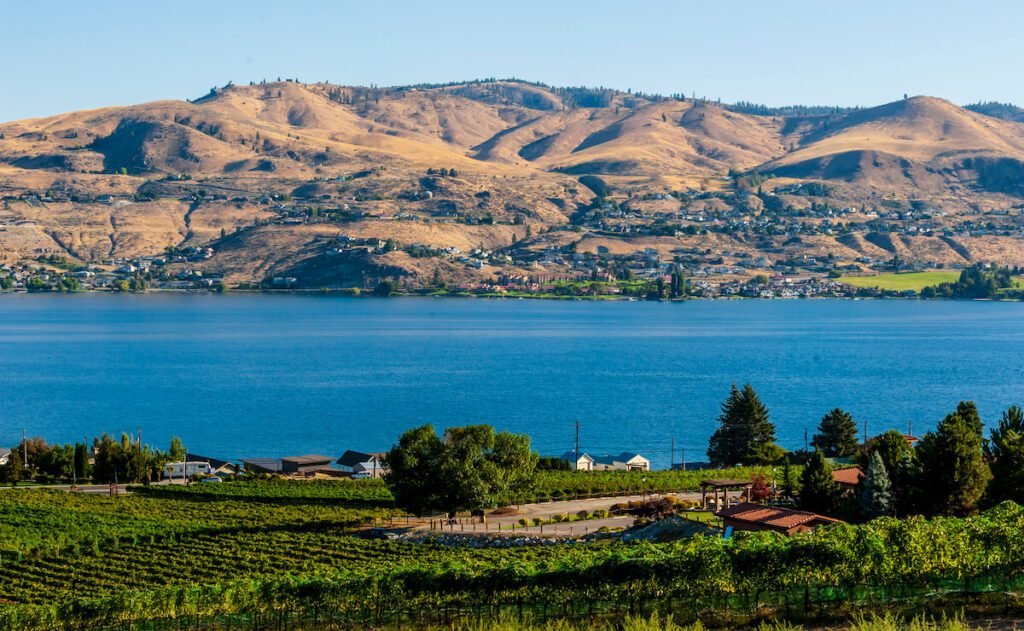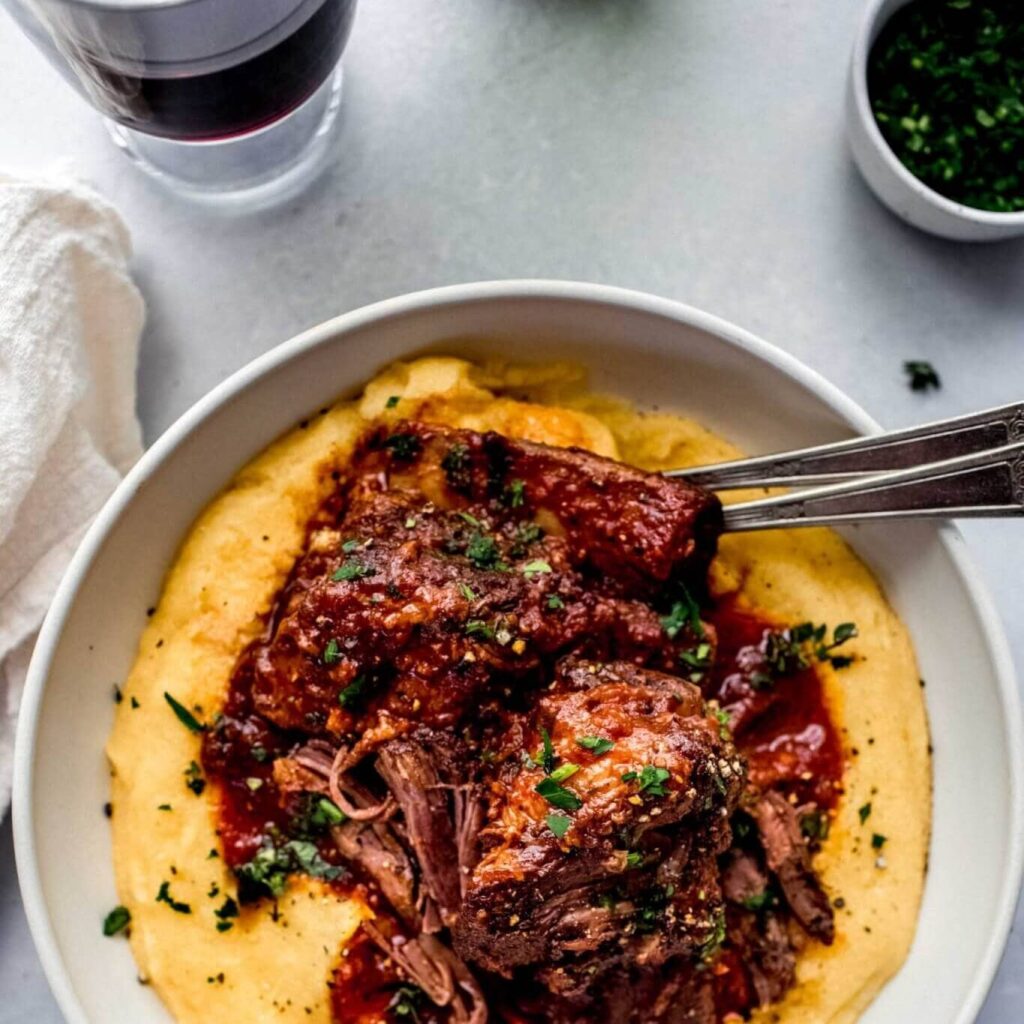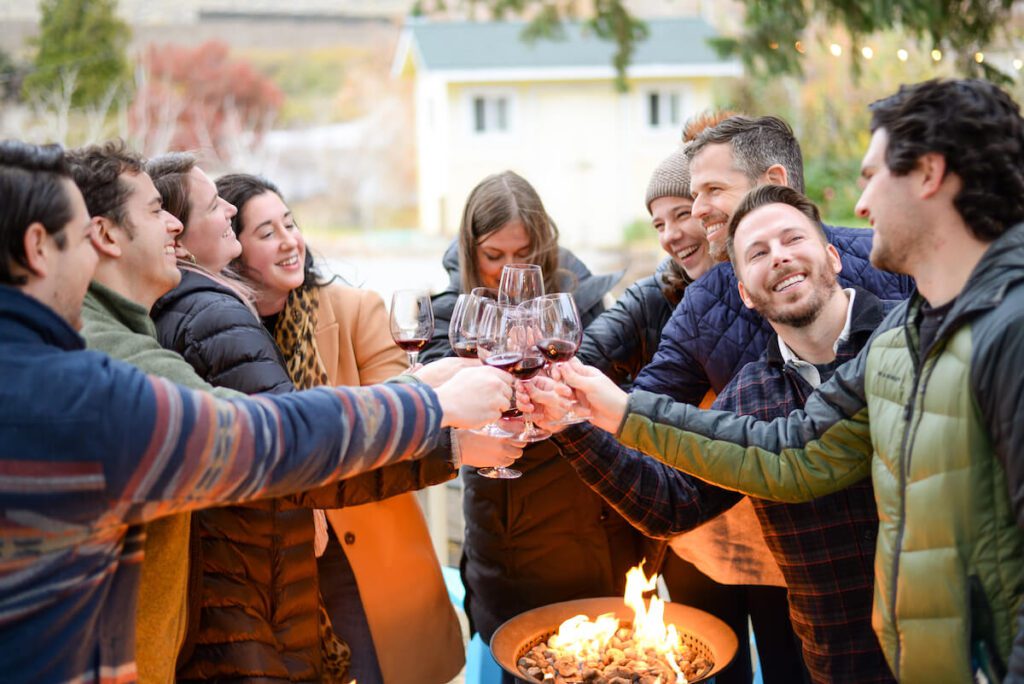The Art & Science of Winemaking in 6 Steps
Making the perfect wine is something like a dance. Winemakers use six steps in their art, creating a well-loved beverage from the simplicity of a small fruit.
The six steps are growing, harvesting, crushing, pressing, fermentation, clarification, and aging/bottling. Let’s take a look at how each step affects the final product.
Growing Grapes
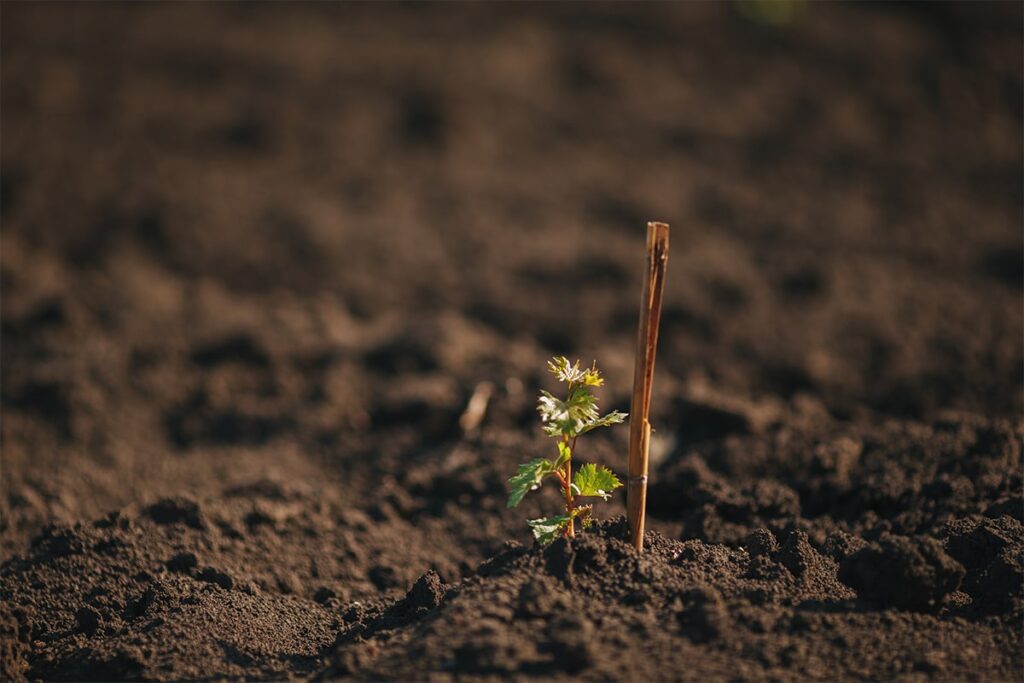
Grapes contain enough sugar to make alcohol effectively and are the only fruit with the right amount of requisite acids, esters, and tannins to consistently ensure the creation of a stable wine.
There are dozens of wine grape varietals, so winemakers must choose the right one for their particular climate and soil type. In warmer climates, like summers in Lake Chelan, winemakers opt for a heat-resistant variety like Cabernet Sauvignon or Syrah. In cooler climates, they opt for varietals like Riesling or Pinot Noir.
Grapes need plenty of water to thrive, but their roots can easily rot if the soil is too wet. To prevent this from happening, winemakers plant grapes in well-drained soil that’s high in organic matter. They improve drainage by planting on a slope or raised bed.
Also, grapes are sun-loving plants and need at least six hours of sunlight per day to produce high-quality fruit.
To get the best possible crop, winemakers prune their grapevines each year. Winter is the best time to prune since the vines are dormant and easier to work with.
Harvesting
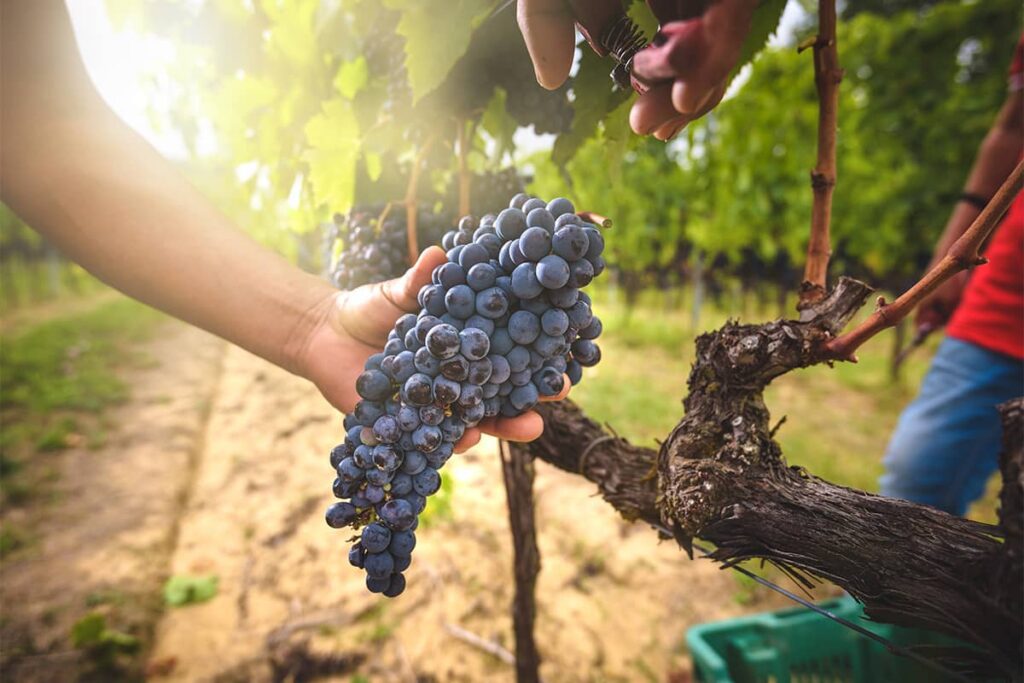
The first key to harvesting grapes is determining when they are ready to be picked. This decision is based on the sugar content of the grapes, which is measured using a refractometer tool.
Winemakers typically perform tastings on the grapes to determine if they are ready for harvesting. Once the desired sugar content is reached, the grapes are ready to be harvested.
There are two ways to harvest grapes: by hand or by machine.
If grapes are harvested by hand, they are placed in small baskets called vine boxes. Two people can fit in each row of vines and fill up 2-3 boxes per hour.
If harvesting by machine, a large mechanical harvester goes down each row of vines and shakes the grapes onto a conveyor belt that carries them to a waiting truck or bin.
After harvesting, the winemaker will begin to sort through the grapes to remove any that are not yet ripe or are rotten. This ensures the quality of the grapes and the eventual wine.
Pressing (Crushing)
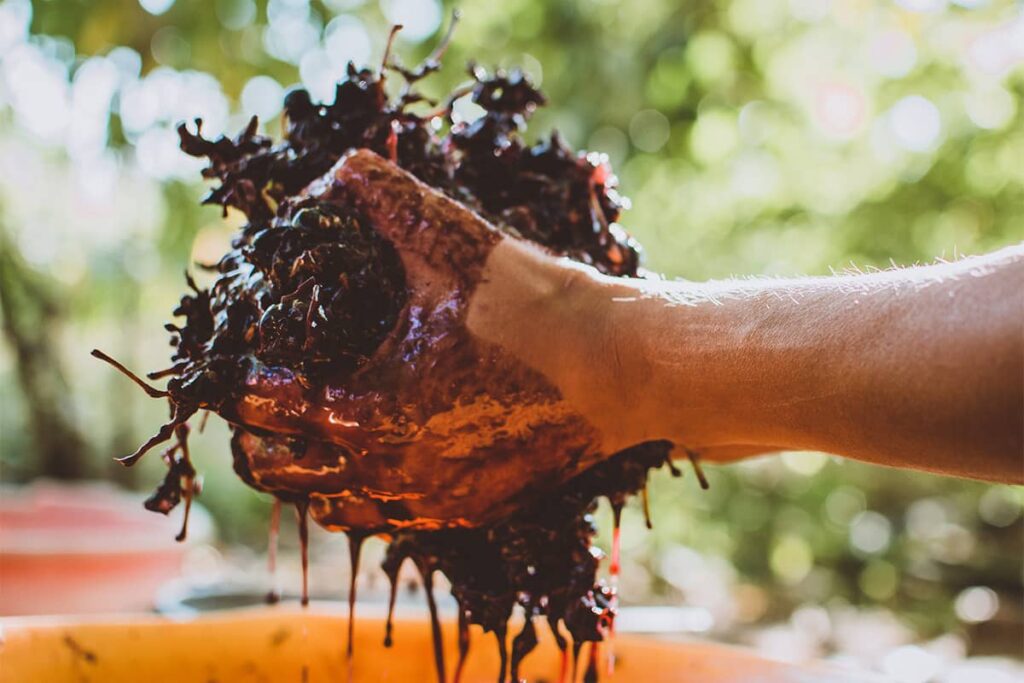
Pressing, or crushing, the grapes, comes after the harvest. Traditionally, this was done by people in a harvest ceremony. They would perform a dance, trodding upon the grapes in barrels to press them down as they transformed into a must that would separate from the skins to become delicious wine.
Today, pressing is done with a machine to crush the grapes into liquid. Using the press has increased the quality and lifespan of the wine while decreasing the need for preservatives.
Some winemakers don’t press the grapes until fermentation begins within clusters of whole grapes. Instead, they wait for fermentation to burst the grape skins before using the machinery for pressing.
Winemakers do things differently if they make white wine instead of red wine. When making white wine, the winemaker presses the must after crushing it to separate all the parts and remove the juice from the skin.
Fermentation
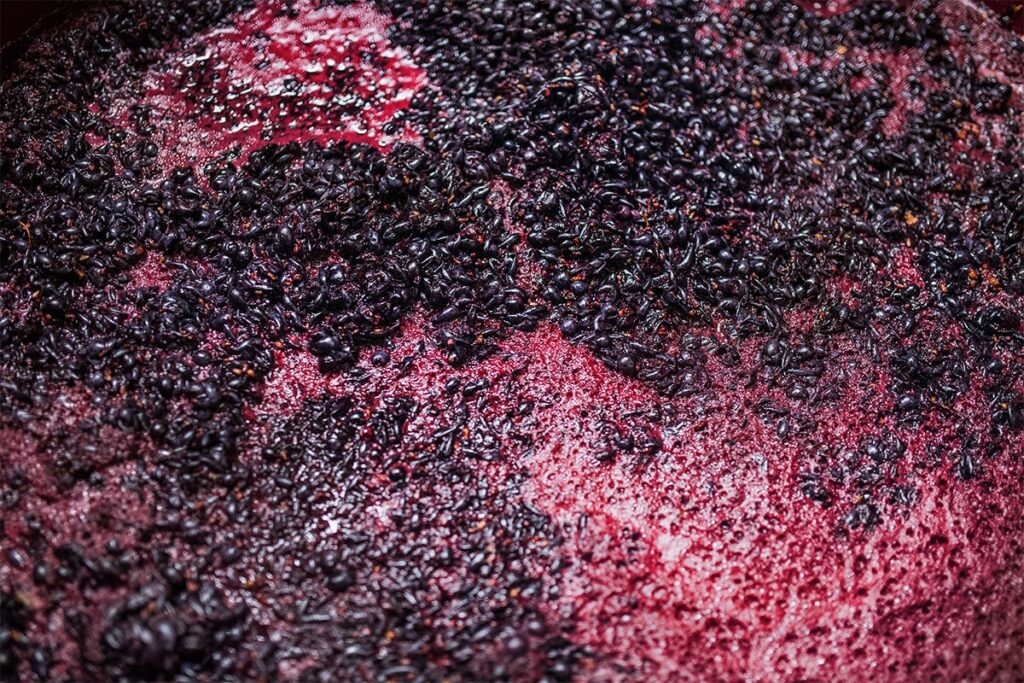
The science and art of winemaking truly come together during fermentation. If the winemaker were to do nothing, the juice fermentation must naturally begin within hours. However, most winemakers choose to get the fermentation process going themselves through inoculation.
They rid the air of wild, natural yeasts and bring in a carefully chosen yeast. Once fermentation begins, it continues until the sugars are completely transformed into alcohol. This can take anywhere from just ten days to a month or longer.
The alcohol level resulting from fermentation depends on the amount of sugar in the must and the surrounding climate. Some winemakers choose to make sweeter wine by ending the fermentation process before all of the sugar has been converted. The intricacies of this stage are incredible, and the results greatly depend on the winemaker’s artistry.
Clarification
The next step after fermentation is clarification. This is when winemakers must decide whether to rack or siphon their wine from one barrel to another. By doing so, they hope to leave precipitates and pomace at the bottom of the barrel or tank.
Another part of this step is filtration and fining. Various filters can be used for filtering, from coarse to sterile. To complete fining, substances, such as clay, egg whites, and more, are added to the wine for clarification. Finally, they remove any solids and dead yeast cells from the wine by sticking them to the bottom of the tank.
From here, clarified wine awaits more aging or bottling.
Aging/Bottling
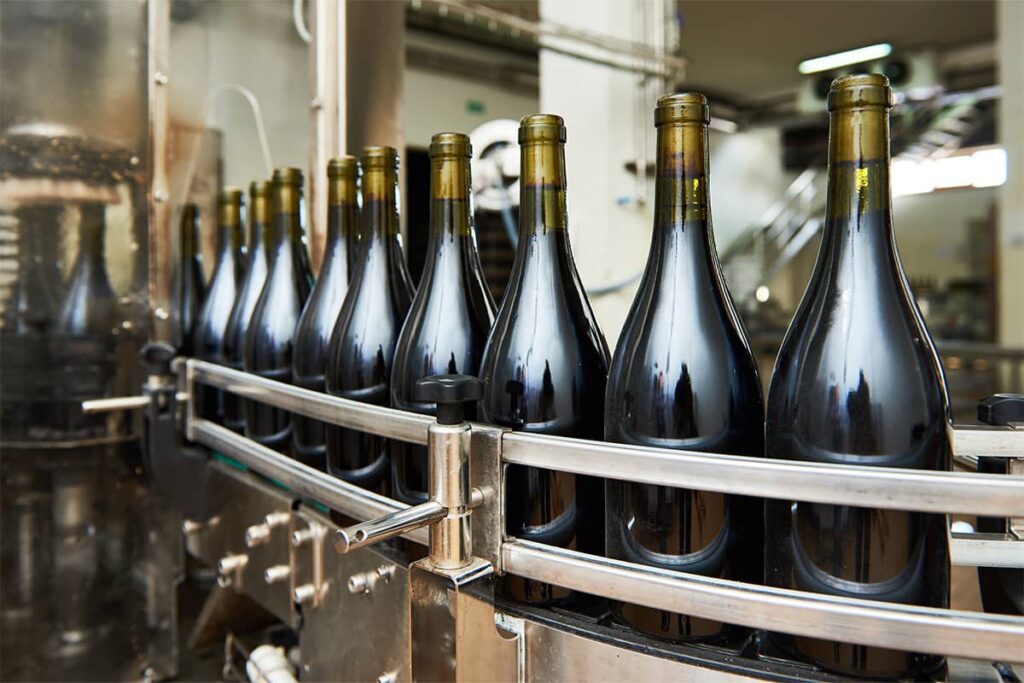
Lastly, the winemaker proceeds with the aging and bottling of the wine. Once clarification has finished, the wine can be bottled right away or can undergo additional aging. This is based on the winemaker’s preference, the type of wine they’re making, and their overall artistry.
Wine can be aged further to create stronger, more intense flavors. The winemaker must choose various specifications, such as whether to age the wine in oak or steel, new or used barrels, and the length of time (months or years). Once they have determined that aging is complete, the wine is officially bottled.
Conclusion
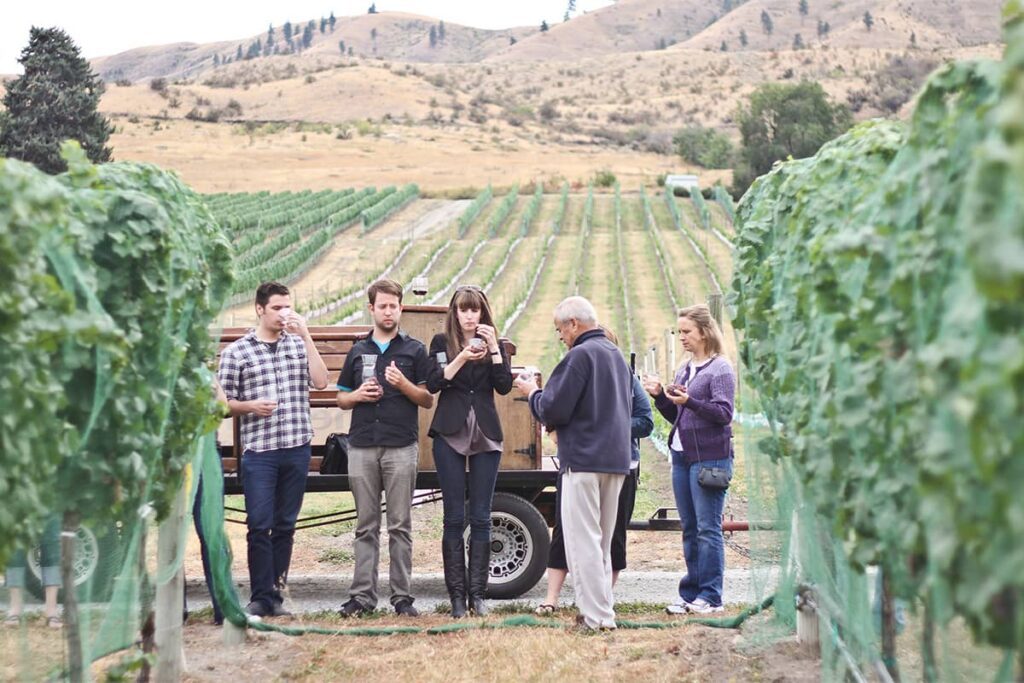
While most wine connoisseurs simply enjoy the drink, others spend their days making it. The process of making wine is a bit of dance that includes some science, art, and magic. Therefore, it takes time, effort, and dedication to truly learn the art of making wine.
Winemakers in the Lake Chelan Wine Valley bring years of experience and a unique take on the age-old tradition. Experience all they have to offer and learn about their heritage, pedigree, and story that shapes how their wine is made.



